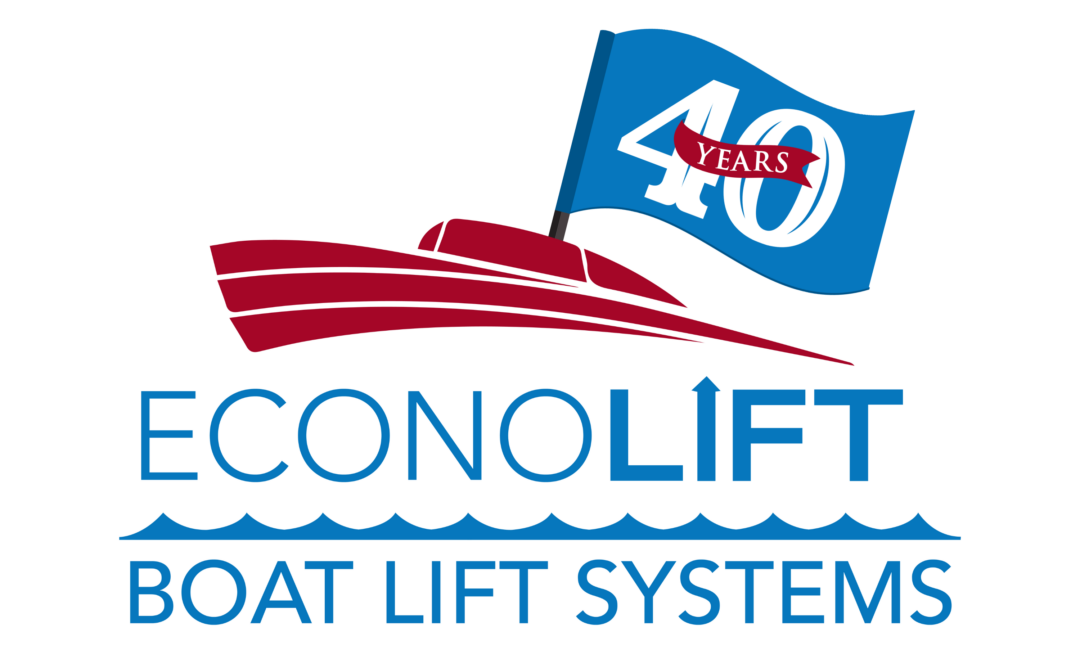Riding a personal watercraft is an exciting way to spend time on the water. Whether you’re a first-time rider or wanting to learn how to make the most of your water scooter experience, here are some important tips from Econo Lift that you should know before riding off on that watercraft.
Safety First
This tip is first because it really is THAT important — not only for your sake but also for the other people out on the water. Safe operation of your personal watercraft should be your number one priority.
To ensure you are being a safe watercraft driver:
- Always wear a properly fitting life jacket; a bright color is best
- Keep a whistle attached to your life jacket at all times
- Keep the safety lanyard attached to your wrist or life vest at all times
- Always be aware of your surroundings
- Keep a safe distance from boaters and other watercraft drivers
- Never consume alcohol while operating a personal watercraft
How to Get Going
Keep in mind that personal watercrafts do not have brakes — they can reverse but you should not rely on that to stop you, so make sure you take it slow when starting out.
Here’s what you should do when you are first learning how to drive a water scooter:
- Don’t start your personal watercraft in less than waist-deep water (you’re basically riding a very powerful vacuum and it will suck up sand and rocks)
- Hold firmly onto the handles of your watercraft
- Practice the controls close to shore until you get comfortable
- Turns can be challenging for beginners, so practice before heading far from shore
- Accelerate slowly to gain speed; it’s normal for the water scooter’s nose to slightly lift up off the water, so lift your body above the seat a little bit to lessen the impact as the watercraft hits the water again
What To Do When You Wipeout
Beginners and experienced drivers alike are bound to make mistakes, especially when performing tricks. The idea of being thrown off of a watercraft might seem scary, but there are proper techniques for handling the situation.
Lands Right-Side Up
Remounting a personal watercraft that is right-side up is fairly easy to do. All water scooters come equipped with safety lanyards that are essentially the engine kill-switch. They are attached to your body (just like the safety stop lanyard on a treadmill) so if you are thrown off, the watercraft will automatically shut off. If you fall off and did not have the safety lanyard attached, the personal watercraft will drift away from you and can crash into someone else, or it could circle around and hit you.
How to remount a water scooter:
- Swim to the back of the watercraft
- Pull yourself up onto the back deck
Lands Upside Down
If the watercraft is upside down, it is important to flip it back over as soon as possible. The engine and storage compartments are equipped with watertight seals but if it’s left upside down for too long, water can enter and cause damage. Most personal watercraft manufacturers specifically recommend which direction to flip it — make sure you only go in that direction.
How to flip a watercraft upright:
- Step onto the side of the personal watercraft
- Lay your body over top of it to reach the opposite side
- Hold onto the opposite side of the deck
- Simultaneously push down with your legs and pull towards you with your upper body
How to Prolong the Life of Your Water Scooter
One way to keep your personal watercraft maintained for years of future use is by storing it on a watercraft lift. With a personal watercraft lift, the water scooter will be kept above the waterline while docked. You can store your personal watercraft year-round without worrying about the harm the water is doing.
Boat and Personal Watercraft Lifts
Econo Lift, located in Camdenton, Missouri, offers a wide variety of watercraft lifts. We can help you better protect your watercraft from the elements. Contact us today to learn more!


